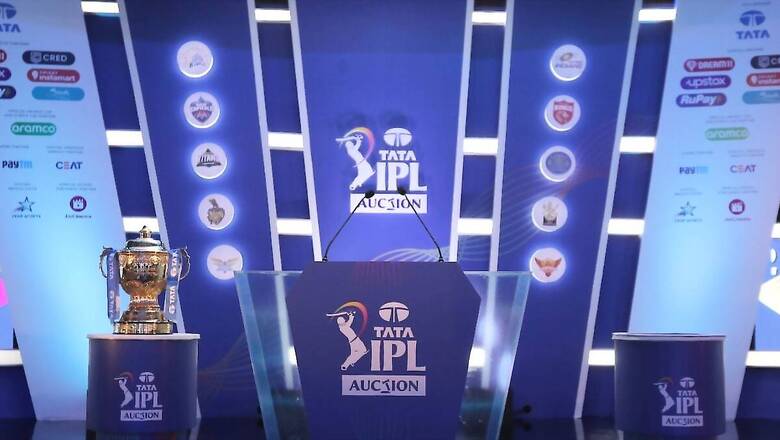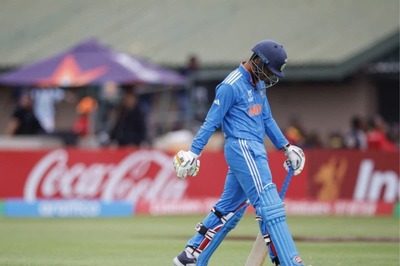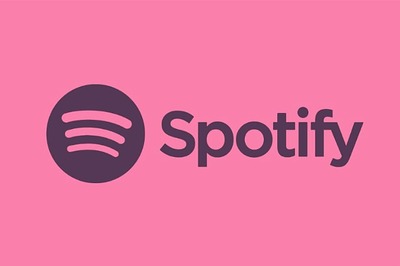
views
The Indian Premier League (IPL) players’ retentions are done as all 10 franchises rolled out their final lists on Sunday. While some of them were on the expected lines, a few were surprising – like RCB releasing Australia pacer Josh Hazlewood and Harshal Patel while Mumbai Indians parting ways with ace English speedster Jofra Archer. The Kolkata Knight Riders released the most number of players – 12, while Sunrisers Hyderabad let go of the least – 6. And now, the think tanks of all 10 teams will assemble in Dubai next month for the mini-auction with a vision to reshape their squads to take a shot at the IPL 2024 title triumph.
But before heading to the mini-auction, let’s try to understand the anatomy of the IPL trade window. The last week saw Devdutt Padikkal getting traded from Rajasthan Royals to Lucknow Super Giants for fast-bowler Avesh Khan. Another was RCB trading all-rounder Shahbaz Nadeem with SunRiser Hyderabad’s Mayank Dagar.
Is it a mere exchange of players between two franchises or more than that?
Let’s decode.
Let the player be Mark who is currently playing for Team A at a salary of Rs 5 Crore and is set to be traded to another side, say Team B. If Mark is getting a new offer worth Rs 8 crore from B, then the delta value, Rs 3 crore, will be shared between Mark and A under provisions of Negotiated Increase, Player Percentage and Franchise Percentage.
However, the negotiated increase will not reflect on the salary cap. This means B will be deducted Rs 5 crore from their salary purse while A will gain the same amount. The agreed player percentage of the negotiated increase may be agreed upon between A and B.
The BCCI regulation also states that the negotiated increase cannot be over 50 percent between the player and the franchise that is trading him.
Also, if Mark has two years left in his contract with A, B will have to pay the surplus amount to Mark for the next 2 years.
The formalities
Once Mark, A & B come to an agreement, a consent form will be signed by the player in which he will sign a new Player Contract with B for his original League Fee, added to the agreed Player Percentage of any negotiated increase.
Mark will enter into a new Player Contract with B
Mark will now sign a fresh player contract with B which will have a new League Fee which means Original League Fee + Agreed Player Percentage of the Negotiated Increase.
More benefits for A
B will pay the agreed Franchisee Percentage of the Negotiated Increase to A for each season that Mark’s fresh contract is in force. It will continue even if B wishes to extend Mark’s contract.
Trading Guidelines
– Trading window opens from 7 days after the end of a season until 7 days prior to the Player auction.
– It would open again a day after the Players’ Auction and will remain open until 30 days prior to the start of the new season.
– Player, one sold in an auction, cannot be traded.
– If B wants to trade an overseas player, the franchise will need to obtain an NOC from the concerned board.
– B is responsible for ensuring that the Mark is match fit at the time of the trade. Mark may also be required to undergo a medical examination before signing the documents.
– There is no limit over the number of players traded by a franchise but it has to remain in compliance with the relevant Salary Cap.
– The league fee contracted to be paid to Mark into the squad of B will be charged against B’s salary cap for that season. Amount paid by B to A while trading will not be charged against the salary cap.



















Comments
0 comment